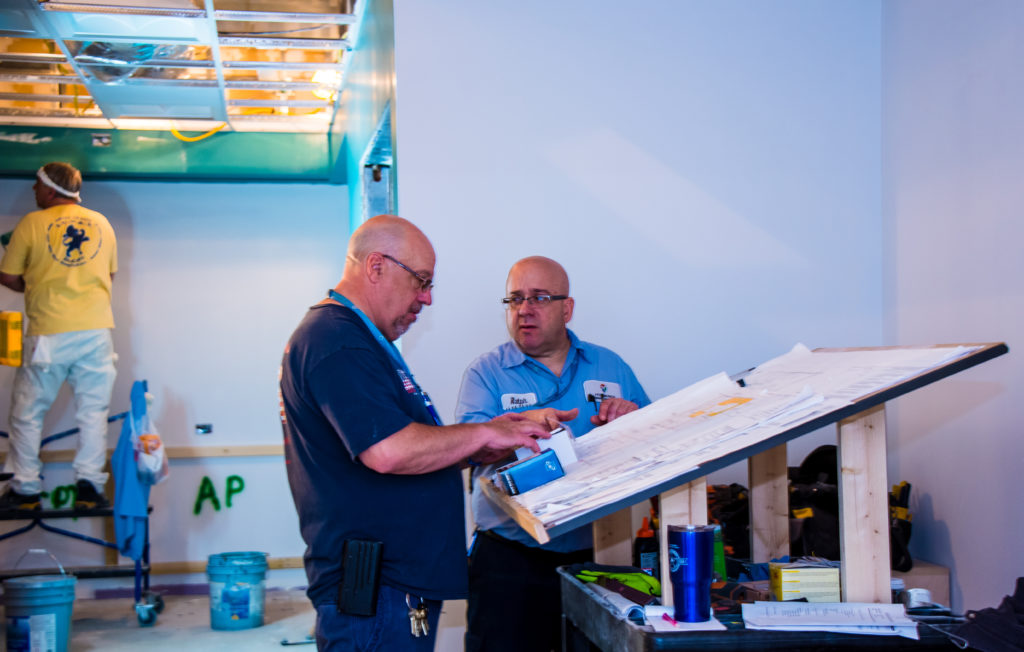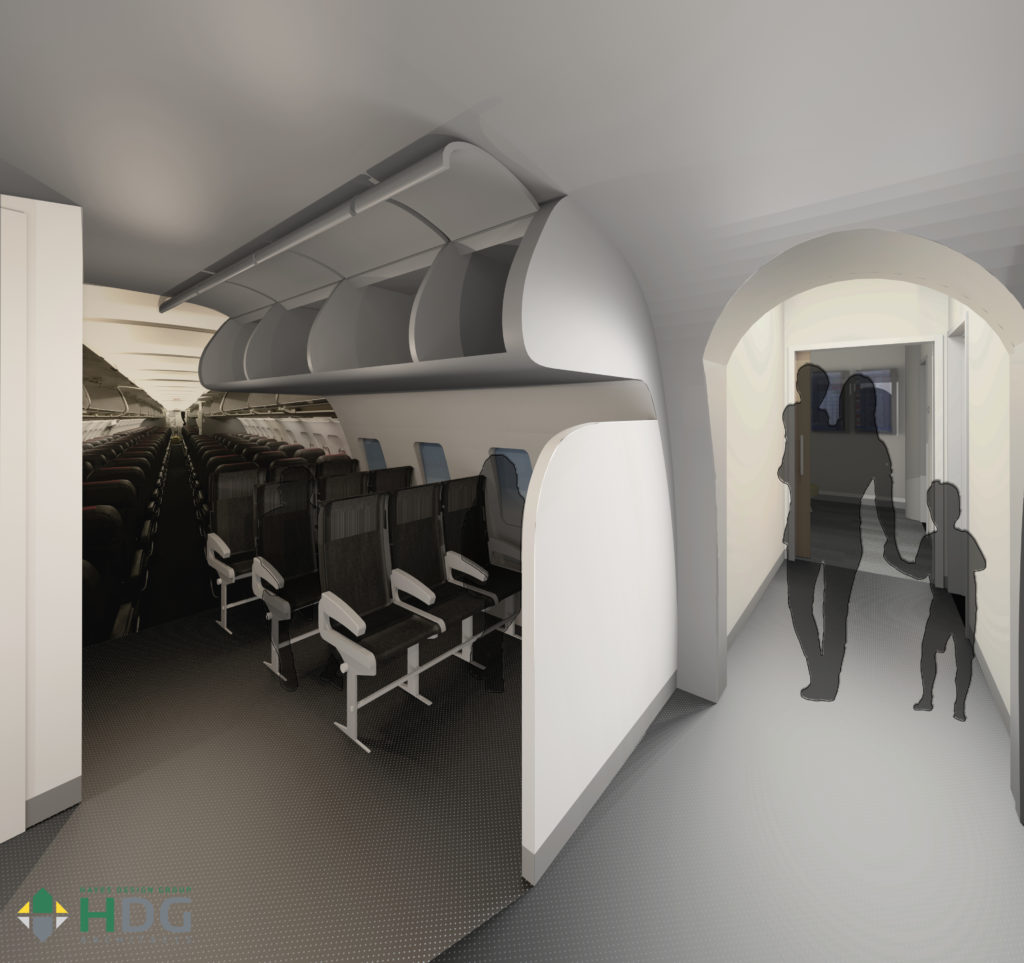Sensory Rooms: Aviation’s Latest Trend
Quiet spaces for individuals with autism and sensory issues opening at airports internationally
By Natalie Fiorilli
Published May 13, 2019
Read Time: 4 mins
Quiet spaces for individuals with autism and other sensory-processing issues are becoming more common at airports around the world – and Pittsburgh International is about to join the trend.
PIT’s new quiet space, scheduled to open this summer, will offer a calming respite for travelers with neurodevelopmental challenges to de-escalate prior to getting on a plane or even after landing.
Atlanta’s Hartsfield-Jackson airport was the first airport to open a sensory room in 2016, with Shannon Airport in Ireland opening one a year later. New sensory rooms opened at Miami International and Birmingham Airport over the past few months.
The basis for this newest amenity is simple: understanding the needs of the community.
“We know it’s a fact that people get stressed when flying,” said Steve Mayers, Hartsfield-Jackson’s Director of Customer Experience and ADA Coordinator. “We’ve found that it’s good to have a quiet room where people with or without disabilities, including people who are nervous about flying, can go to and relax before their flight, to give them a sense of relief and calm their nerves.”
Similarly, Niall Maloney, the Airport Operations Director for Shannon Airport, explained that Europe’s first sensory room was built with the needs of the public in mind. Nearly two years after opening the space, the room has been a great success for travelers flying through Shannon, Ireland’s third-busiest airport.
“We’ve been taken aback by the number of people in our community with family members with autism,” Maloney said. “The feedback we have received on the room has been absolutely outstanding – with people telling us they’ve never been able to fly before, but thanks to the sensory room they can.”
Pittsburgh International’s roughly 1,500-square-foot room is expected to open this summer in Concourse A of the airport’s Airside Terminal. The room will feature adjustable lighting, various calming activities, private spaces, and comfortable seating for individuals and their families.

Airport employees Chris Unger (left) and Ralph Williams review construction plans for the sensory room at Pittsburgh International. (Photo by Beth Hollerich)
The idea for a sensory room at Pittsburgh International Airport came from an airport employee, Jason Rudge, whose 3-year-old son has autism.
“Sensory rooms at airports are helping to make air travel an option for everyone,” said Logan Williams, PIT’s organizational development manager who is leading the sensory room project. “For some, flying may not have been an option. Now, sensory rooms are allowing more people to feel connected to the world in a way that they haven’t been connected before.”
Unique to PIT, the space will feature part of the body of an aircraft, for visitors to preview the experience of being onboard a plane. American Airlines, which serves nearly 25 percent of passengers at PIT, donated the aircraft fuselage that will include seats and overhead compartments.
As part of the community engagement, airport officials at Pittsburgh International began seeking public input following the announcement of the sensory room last spring. PIT hosted an event, open to the public, and invited stakeholders to provide input on design concepts and features for the room.

Pittsburgh International Airport’s sensory room, which is expected to open this summer, will include part of the body of an aircraft to simulate the experience of being onboard a plane.
Additionally, Autism Connection of Pennsylvania helped facilitate an advisory board to guide the airport in development and construction of the space. Luciana Randall, the organization’s executive director, said that public input, specifically from people with disabilities, has driven an authentic process.
“This will ensure the best outcome and should serve as a model to anyone trying to make disability accommodations,” she said. “Sensory accommodations are most often overlooked, but sensory confusion or overload can keep affected people out of spaces they need and deserve to be in.”
Wanting to avoid overwhelming visitors using the room, airport officials made sure to consider the passenger journey through various feedback provided by individuals with sensory-processing issues and their families.
“Less is more when supporting sensory sensitivities,” Randall said. “Thankfully, PIT resisted the many flashy and stimulating items on the market that would create the most intrigue and also make transition out of the room very difficult for many. The simple, calm design in this “decompression” room will ease hard transitions and allow down time in what is usually a pressure-filled travel day.”
Watch
This Next
Read
This Next





